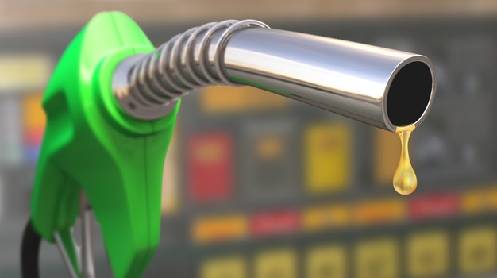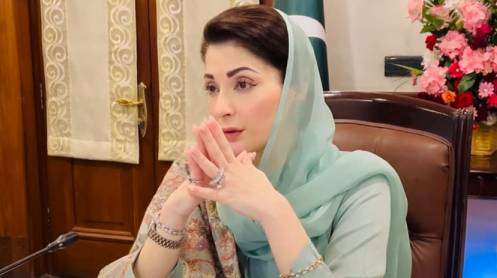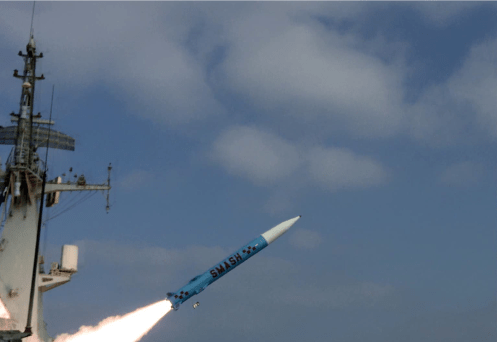ISLAMABAD: In a significant policy shift, the National Electric Power Regulatory Authority (Nepra) has approved K-Electric’s request to factor in unrecovered bills into its consumer tariff, starting with a recovery shortfall of 6.75% in FY2023-24 and gradually reducing to 3.5% by FY2029-30.
This decision sets K-Electric’s base tariff at Rs40 per unit for FY24 — nearly 40% higher than the national average of Rs28 per unit. The gap will be bridged through tariff differential subsidies from the federal budget, increasing the burden on taxpayers.
Unlike the public sector distribution companies (Discos), whose tariffs assume 100% bill recovery, K-Electric will now be permitted to pass on losses from under-recovery to consumers. Nepra justified this move by citing the need to ensure liquidity in the power market and align targets with ground realities.
The Ministry of Energy had opposed the steep allowance for recovery loss but appeared to support the principle, likely in anticipation of similar relief for state-run Discos.
K-Electric’s FY24 revenue requirement has been fixed at Rs606.92 billion, incorporating Rs36.25 billion in recovery losses. The approved power dispatch stands at 17,768 GWh, with 48% sourced from the national grid, 42% from K-Electric’s own generation, and 9.9% from private suppliers.
Nepra acknowledged that K-Electric’s actual recoveries for FY24 and FY25 are projected at just 91.5% and 90.5%, respectively — resulting in a financial hit of Rs97 billion across both years. Without relief for these losses, the utility’s viability could be jeopardized, the regulator warned.
Solar Milestone Achieved
Separately, Nepra approved K-Electric’s bidding results for two solar projects totalling 150MW, set to deliver the lowest tariffs in Pakistan’s history. Master Textile Mills won both bids, offering Rs11.65 per kWh for the 50MW Winder plant and Rs11.21 per kWh for the 100MW Bela project.
These projects are expected to save Rs2.3 billion annually in energy costs and \$17 million in foreign exchange, displacing costly fossil fuel generation over their operational lifespans.
Story by Khaleeq Kiani








